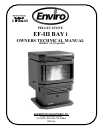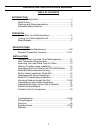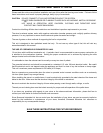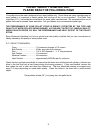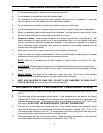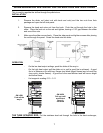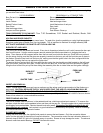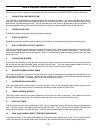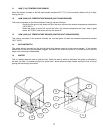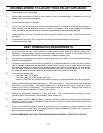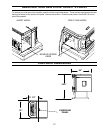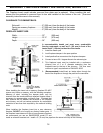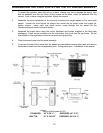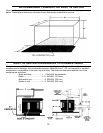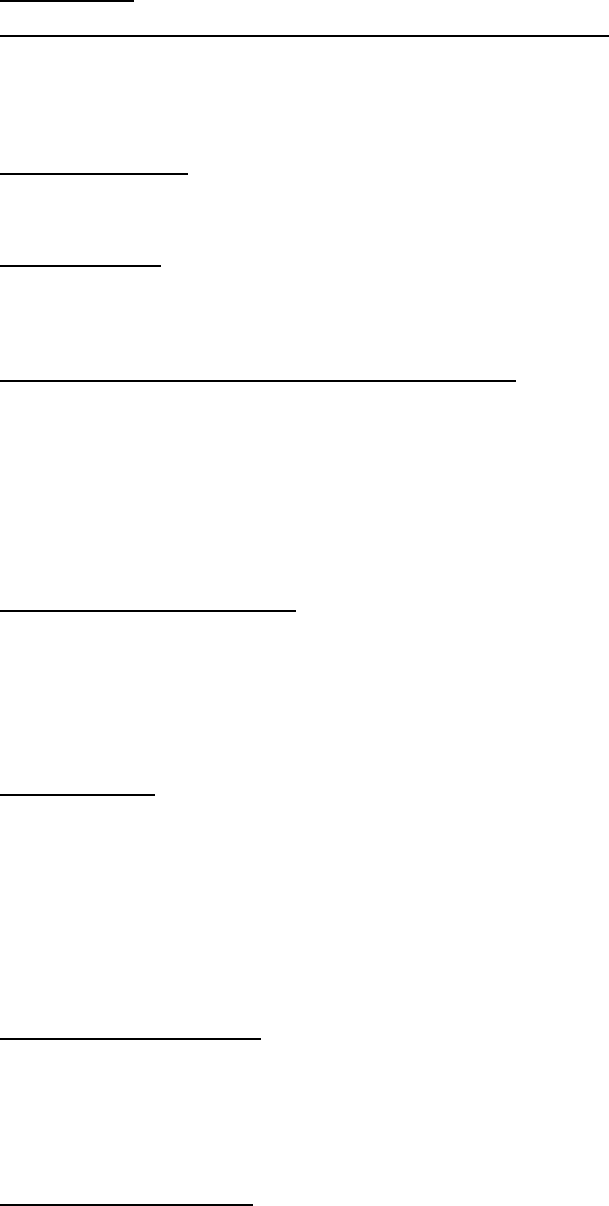
DOOR GLASS
(It is recommended that your dealer replace the glass if broken.)
The door glass is made of 5 mm thick, high temperature PYROCERAMIC The center panel is 229 mm x 330 mm.
To replace the glass, unscrew and remove the four glass retainers. Remove the glass and any broken pieces.
High temperature fiberglass tape should be used around the glass. Replace the glass, center the glass assembly
in the frame, then screw the glass retainers back to the frame. The use of substitute materials is prohibited.
FRESH AIR INTAKE
Inspect periodically to be sure that it is not clogged with any foreign materials.
INSIDE FIREBOX
For bi-weekly clean out, ash may be removed from behind the steel plates by rotating the circular cover to allow
vacuuming behind the plates.
Removal of the fire box backing for bi-annual cleaning
- Remove the top baffle.
- Lubricate and then remove the 7 screws that hold the brick liner in place. Tilt the top of the brick
panel towards the firebox opening and remove from the firebox
- Remove the top rod by first removing the screw that holds it in place, then slide the rod sideways
- Pull the side panels into the center of the firebox, then out
- Pull the center panel out
- Clean all passages thoroughly
Installation of fire box backing:
- Install the side panels in place. Insert center panel, hold the panels in place
- Install the top rod by sliding it into one side panel then across into the other panel. Screw rod in
place.
- Re-install steel brick liner and screw in place.
- Replace top baffle
EXHAUST VENT
Soot and Flyash: Formation and Need for Removal: - The products of combustion will contain small particles
of flyash. The flyash will collect in the exhaust venting system and restrict the flow of the flue gases. Incomplete
combustion, such as occurs during startup, shutdown, or incorrect operation of the room heater will lead to some
soot formation which will collect in the exhaust venting system. The exhaust venting system should be inspected
at least once every year or after two tons of pellets to determine if cleaning is necessary. We recommend
contacting your dealer for professional cleaning. To remove dust from the vent pipe, tap lightly on the pipe to
dislodge any loose ash. Open the bottom of the ”T” to dump the ash, then vacuum as much of the ash out of the
vent pipe as possible.
HEAT EXCHANGER TUBES
This cleaning rod is to be pulled back and forth a few times (ONLY WHEN THE UNIT IS COLD) in order to clean
away any fly ash that may have collected on the heat exchanger tubes. As different types of pellets produce
different amounts of ash, cleaning of the tubes should be done on a regular basis to enable the unit to run
efficiently.
POST SEASON CLEAN-UP
Once you are finished using the pellet appliance for the season, unplug the stove for added electrical protection.
It is very important that the stove be cleaned and serviced as stated above. (See Section Areas of Routine
Inspection)
9



